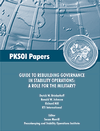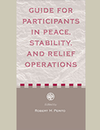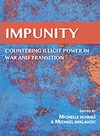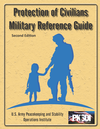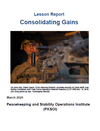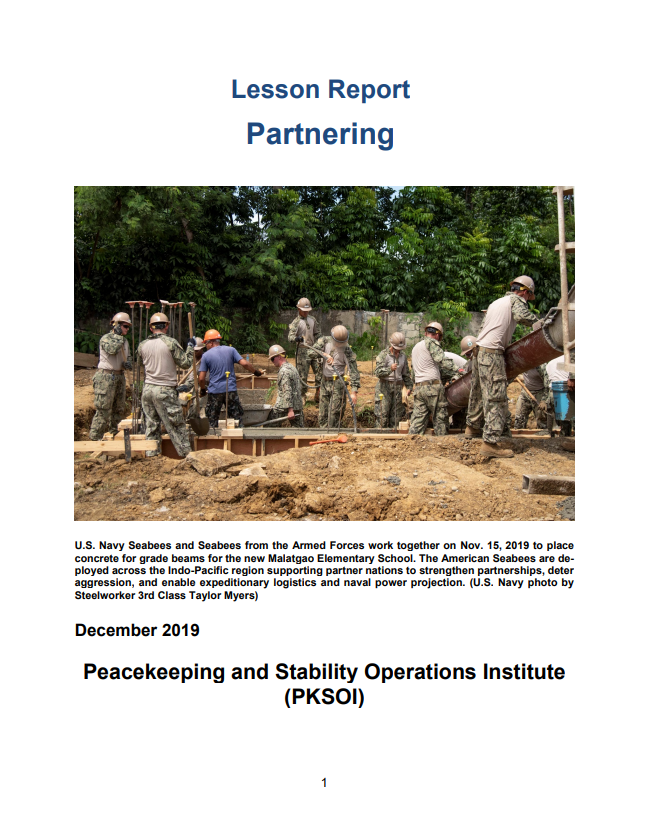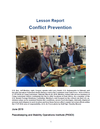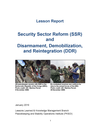Guiding Principles for Stabilization and Reconstruction
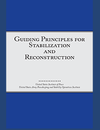
The manual focuses on host nation outcomes, not programmatic inputs or outputs. It is focused primarily on what the host nation and international actors are trying to achieve, not how they are trying to achieve it at the tactical level. It is not about how to conduct an election or disarm warring parties—it is about the outcomes that these activities support. Excellent “how-to” guides already exist across the U.S. government and partner institutions. These should be accessed regularly and used diligently in the conduct of these missions.

